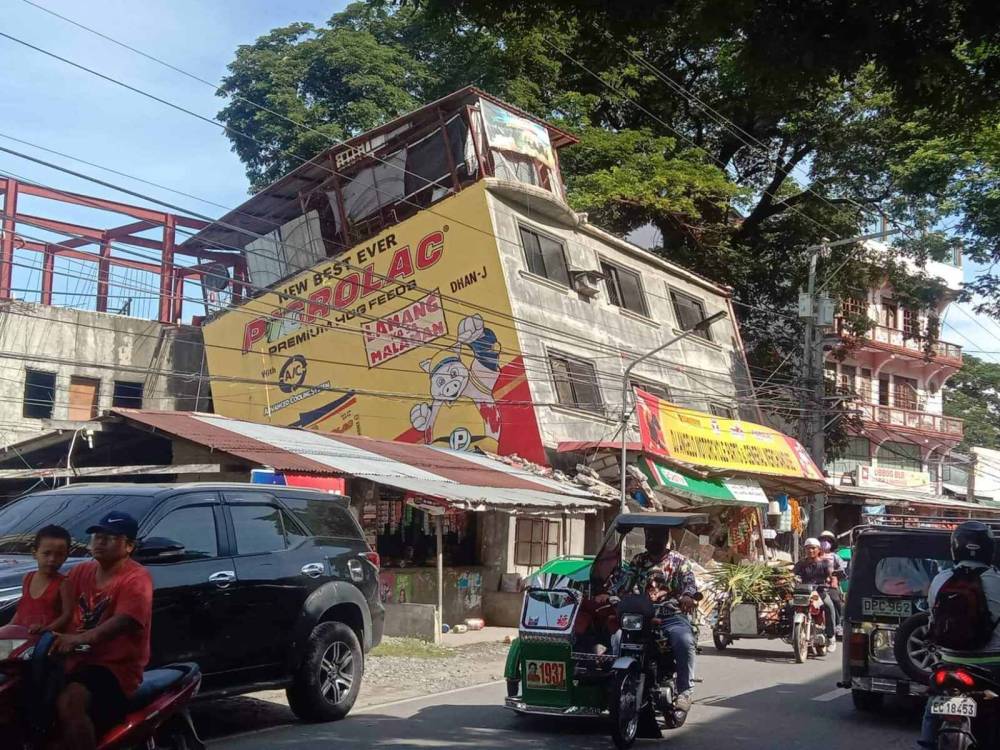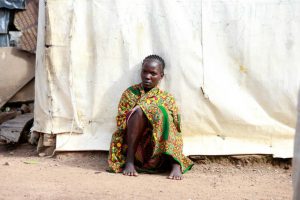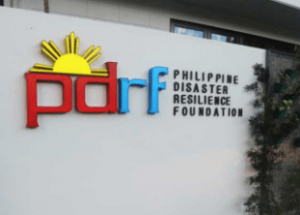After surveying the damage in Abra due to a 7.0 magnitude earthquake that occurred last July 27, President Ferdinand Marcos, Jr. issued a four-point directive to concerned government agencies: first, provide immediate needs of food, shelter and water; second, expedite the clearing of roads and repair of bridges to facilitate access by people to services within and outside their communities; third, restore power and communications at the household level; and fourth, assess the structural damage to hospitals, schools, residential buildings and houses.
The tectonic earthquake’s epicenter was located in the town of Tayum, Abra, at a depth of 17 kilometers, sending shock waves in varying intensities across northern Luzon, Central Luzon, and down to Metro Manila. According to the Philippine Institute of Volcanology and Seismology (Phivolcs), tectonic earthquakes are produced by sudden movement along faults and other boundaries.
Based on initial local government assessment, more than 5,200 houses were destroyed in the Cordillera and Ilocos Regions; these numbers will likely rise as rescue and relief teams reach some of the remote and mountainous areas. At least 33 health facilities were damaged; some 57 schools had reported damaged or destroyed classrooms.
According to the Department of Public Works and Highways, at least 33 road networks leading to the Cordillera and Ilocos Regions were affected by landslides and cracks, including Kennon Road that provides access to Baguio City, a leading tourist destination.
The weather bureau is monitoring a low pressure area 1,000 kilometers east of Luzon that could intensify to tropical depression category, enhance the southwest monsoon and cause rains in the earthquake-affected areas which could trigger landslides and hamper relief operations.
Regional and local authorities are leading the relief efforts while the national government is augmenting local capacities. According to the United Nations Office for the Coordination of Humanitarian Affairs (OCHA), the Department of Social Welfare and Development (DSWD) has delivered 10,000 family food packs, as well as hygiene, sleeping and kitchen kits; it has also extended cash assistance ranging from ₱5,000 to ₱10,000 per family to support shelter repair. Also actively at work are the Department of Health, Office of Civil Defense and units of the Armed Forces of the Philippines and the Philippine National Police.
OCHA has also requested the United Nations Satellite Center (UNOSAT) for the activation of the Space Charter for satellite imagery of affected areas, while a Joint Analysis of Disaster Exposure was released by the combined efforts of the Pacific Disaster Centre and the World Food Program.
Socio-civic and nongovernment organizations have also been actively involved in relief work. Concerted efforts on their part to bring cheer, solace and humanitarian aid to those directly affected by natural disasters and calamities have always complemented efforts by the national and local governments. Also pitching in are member corporations of the private sector-led Philippine Disaster Resilience Foundation who are supporting the government response by distributing relief packs, supplying fuel, deploying water tankers, and providing free mobile calls, WiFi and charging stations.
Indeed, national calamities always evoke the spirit of bayanihan among Filipinos and their global friends.
Article by Manila Bulletin



